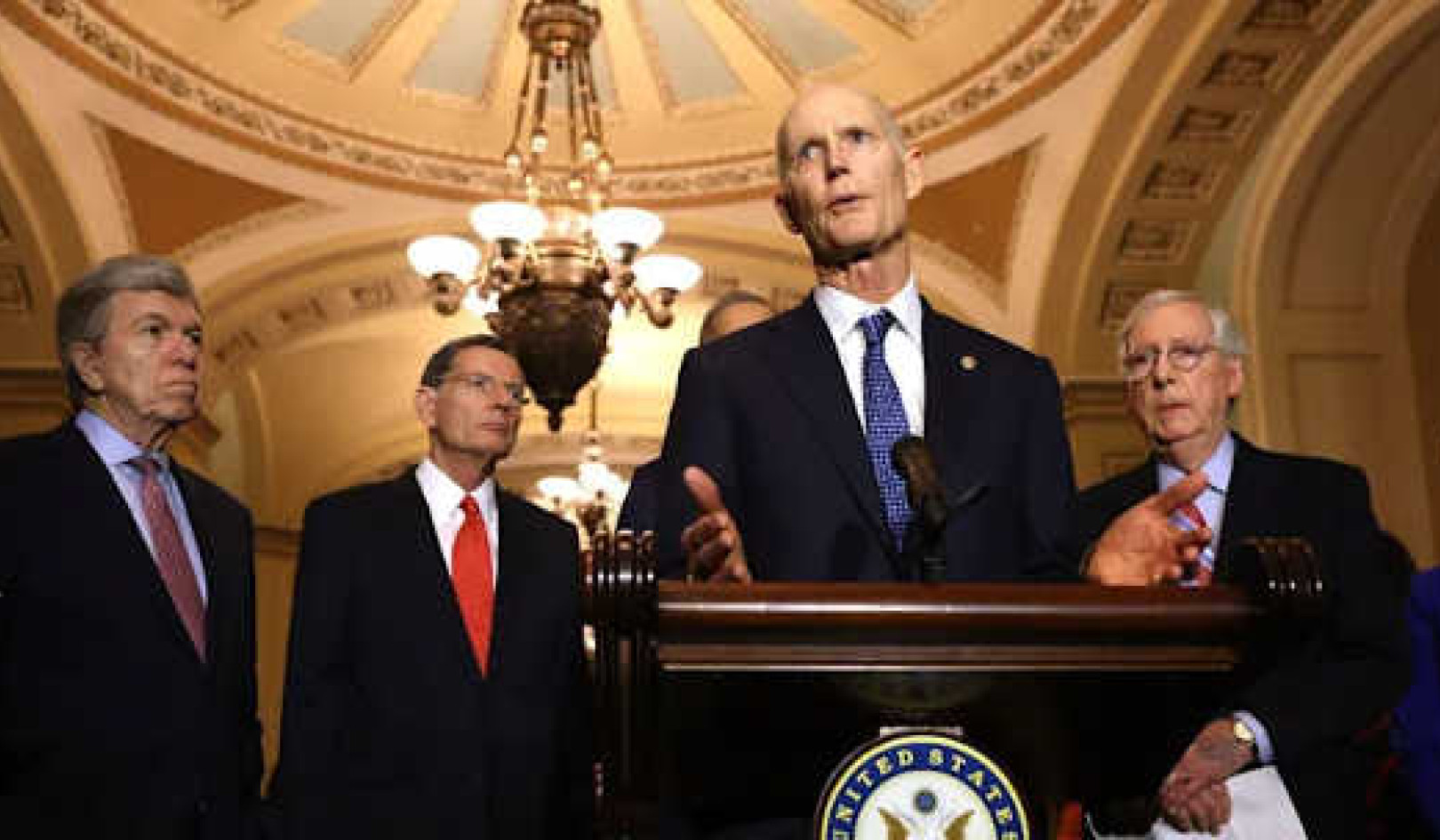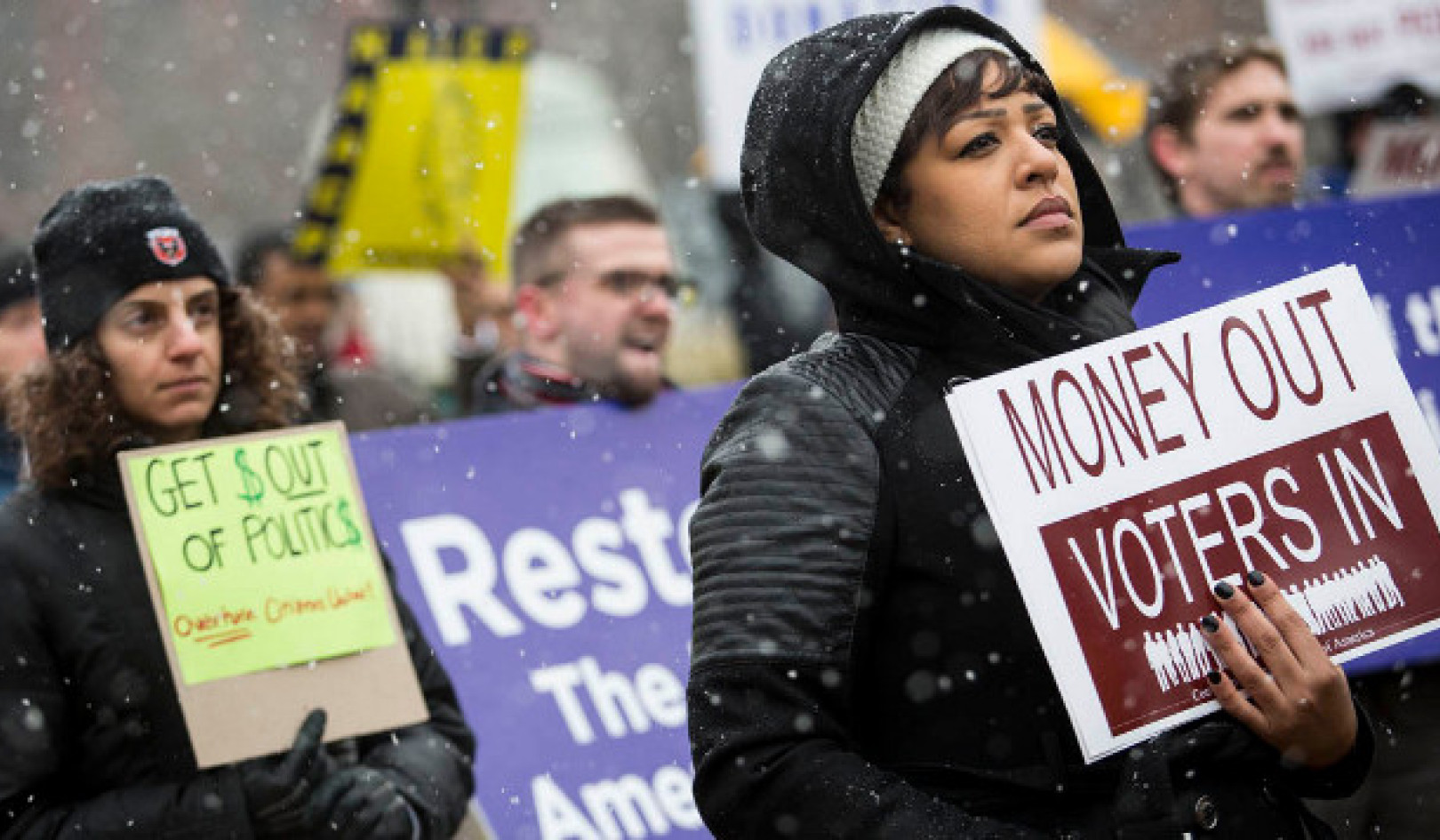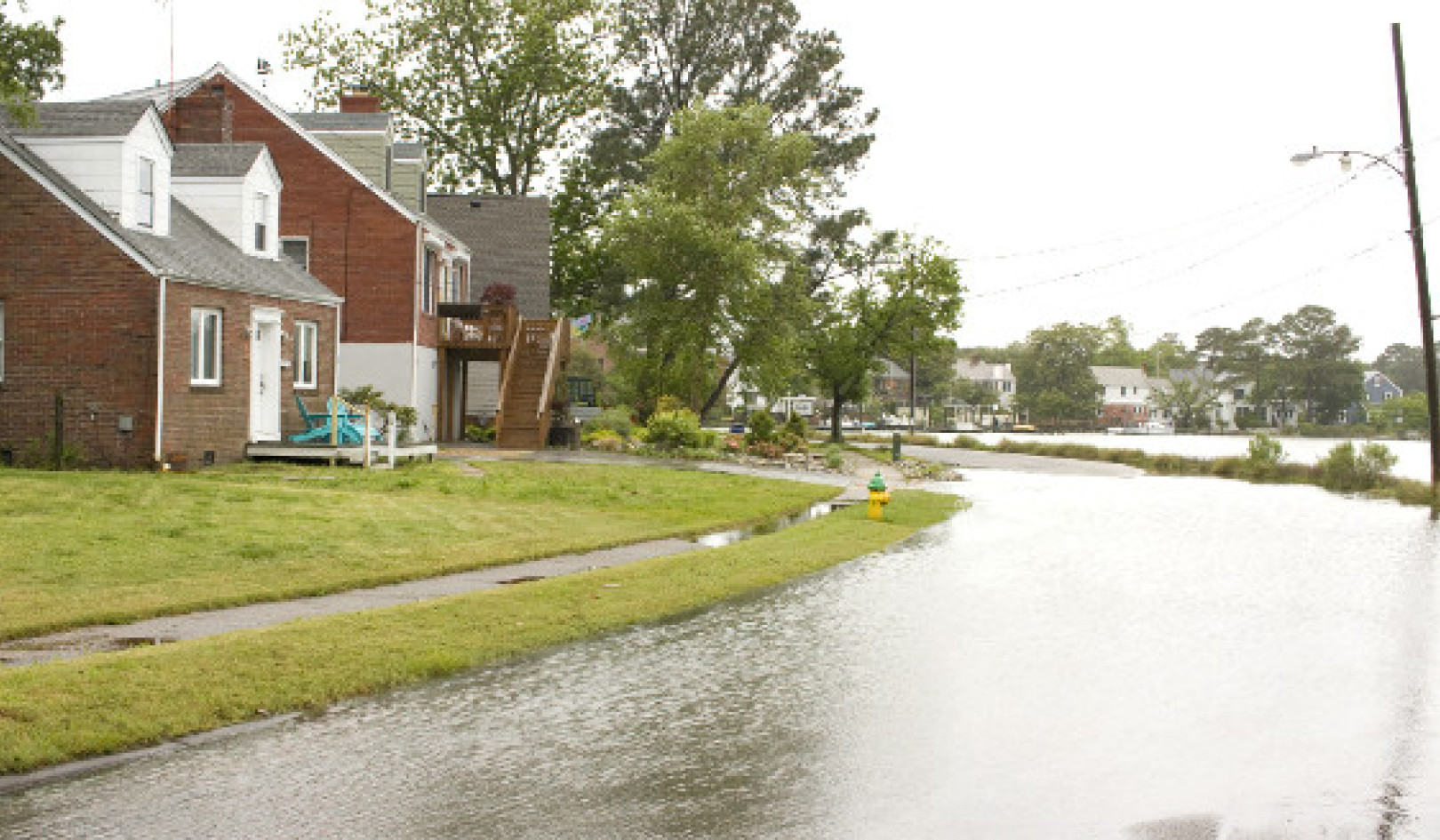
The common giant tree frog from Madagascar is one of many species impacted by recent climate change. (Photo: John J. Wiens via EurekAlert!)
Successful implementation of the Paris agreement targets could help reduce extinctions considerably, possibly to 16% or less by 2070, according to lead author Cristian Román-Palacios.
The human-caused climate crisis could cause the extinction of 30% of the world's plant and animal species by 2070, even accounting for species' abilities to disperse and shift their niches to tolerate hotter temperatures, according to a study published this week in the journal Proceedings of the National Academy of Sciences.
University of Arizona researchers Cristian Román-Palacios and John J. Wiens analyzed data on 538 plant and animal species and 581 sites worldwide, focusing on species surveyed at the same locations over time, at least a decade apart. They found that 44% of the species had local extinctions at one or more sites.
"The study identified maximum annual temperatures—the hottest daily highs in summer—as the key variable that best explains whether a population will go extinct," said a statement from the university. "Surprisingly, the researchers found that average yearly temperatures showed smaller changes at sites with local extinction, even though average temperatures are widely used as a proxy for overall climate change."
As Wiens explained, "This means that using changes in mean annual temperatures to predict extinction from climate change might be positively misleading."
Lead author Román-Palacios laid out their key findings in a series of tweets Thursday:
My latest is finally out in @PNASNews! We examined how populations of 538 species have responded contemporaneous climate change. We asked whether previous responses are enough for species to avoid climate-related extinction by 2070https://t.co/llrkEU0Ody
(1/n)— Cristian Román-Palacios (@cromanpa) February 13, 2020
"By analyzing the change in 19 climatic variables at each site, we could determine which variables drive local extinctions and how much change a population can tolerate without going extinct," Román-Palacios said in the statement. "We also estimated how quickly populations can move to try and escape rising temperatures. When we put all of these pieces of information together for each species, we can come up with detailed estimates of global extinction rates for hundreds of plant and animal species."
(2/n) We found that extinctions occurred at sites with smaller changes in mean annual temperatures but larger increases in hottest yearly temperatures pic.twitter.com/KWHKaXMfGm
— Cristian Román-Palacios (@cromanpa) February 14, 2020
The university statement noted that "previous studies have focused on dispersal—or migration to cooler habitats—as a means for species to 'escape' from warming climates. However, the authors of the current study found that most species will not be able to disperse quickly enough to avoid extinction, based on their past rates of movement."
The researchers found that species were able to tolerate hotter conditions at their original locations to a point, but the local extinction rates increased as maximum temperatures did. About half of the species they studied experienced extinctions if the maximum temperature rose over 0.5°C; that figure jumped to 95% of species when maximum temperature rose by over 2.9°C.
"Given dispersal alone, many of these species (?57–70%) may face extinction. However, niche shifts can potentially reduce this to only 30% or less," according to the study. Considering both dispersal and niche shifts, the researchers projected that 16–30% of the 538 studied species could disappear within the next 50 years.
While the researchers' new projections are similar for plant and animal species, they found that extinctions could be up to four times more common in the tropics compared with more temperate regions. Román-Palacios said that "this is a big problem, because the majority of plant and animal species occur in the tropics."
"In a way, it's a 'choose your own adventure,'" said Wiens. "If we stick to the Paris agreement to combat climate change, we may lose fewer than two out of every 10 plant and animal species on Earth by 2070. But if humans cause larger temperature increases, we could lose more than a third or even half of all animal and plant species, based on our results."
Some scientists and climate advocacy groups have long criticized the landmark 2015 Paris accord as too weak to adequately address the planetary emergency—and, as Common Dreams reported in December 2019, the latest global negotiations about implementing the agreement were denounced as an "utter failure." At the time, nearly 100 civil society groups called out polluting industries and wealthy countries for "throwing gasoline on the fire of the climate crisis."
Ahead of the COP 25, U.S. President Donald Trump delivered on his promise to ditch the Paris agreement by beginning the one-year withdrawal process in November 2019. Climate experts and activists condemned the move as "irresponsible and shortsighted" but also looked ahead to the November 2020 election and emphasized that the next president could recommit the United States to the accord and fight for even more ambitious action on a global scale.
The new study comes as young people take to the streets worldwide to demand bolder climate policies, experts warn that the climate crisis is an "existential danger," and scientists contribute to the growing body of research showing how global heating is expected to affect species and the environment. One of those studies, published last week, found that the rate at which bumblebees are declining due to extreme heat is "consistent with a mass extinction."
About The Author
Jessica Corbett is a staff writer for Common Dreams. Follow her on Twitter: @corbett_jessica.
This article originally appeared on Common Dreams
Related Books
Life After Carbon: The Next Global Transformation of Cities
by Peter Plastrik , John Cleveland The future of our cities is not what it used to be. The modern-city model that took hold globally in the twentieth century has outlived its usefulness. It cannot solve the problems it helped to create—especially global warming. Fortunately, a new model for urban development is emerging in cities to aggressively tackle the realities of climate change. It transforms the way cities design and use physical space, generate economic wealth, consume and dispose of resources, exploit and sustain the natural ecosystems, and prepare for the future. Available On Amazon
The future of our cities is not what it used to be. The modern-city model that took hold globally in the twentieth century has outlived its usefulness. It cannot solve the problems it helped to create—especially global warming. Fortunately, a new model for urban development is emerging in cities to aggressively tackle the realities of climate change. It transforms the way cities design and use physical space, generate economic wealth, consume and dispose of resources, exploit and sustain the natural ecosystems, and prepare for the future. Available On Amazon
The Sixth Extinction: An Unnatural History
by Elizabeth Kolbert Over the last half-billion years, there have been Five mass extinctions, when the diversity of life on earth suddenly and dramatically contracted. Scientists around the world are currently monitoring the sixth extinction, predicted to be the most devastating extinction event since the asteroid impact that wiped out the dinosaurs. This time around, the cataclysm is us. In prose that is at once frank, entertaining, and deeply informed, New Yorker writer Elizabeth Kolbert tells us why and how human beings have altered life on the planet in a way no species has before. Interweaving research in half a dozen disciplines, descriptions of the fascinating species that have already been lost, and the history of extinction as a concept, Kolbert provides a moving and comprehensive account of the disappearances occurring before our very eyes. She shows that the sixth extinction is likely to be mankind's most lasting legacy, compelling us to rethink the fundamental question of what it means to be human. Available On Amazon
Over the last half-billion years, there have been Five mass extinctions, when the diversity of life on earth suddenly and dramatically contracted. Scientists around the world are currently monitoring the sixth extinction, predicted to be the most devastating extinction event since the asteroid impact that wiped out the dinosaurs. This time around, the cataclysm is us. In prose that is at once frank, entertaining, and deeply informed, New Yorker writer Elizabeth Kolbert tells us why and how human beings have altered life on the planet in a way no species has before. Interweaving research in half a dozen disciplines, descriptions of the fascinating species that have already been lost, and the history of extinction as a concept, Kolbert provides a moving and comprehensive account of the disappearances occurring before our very eyes. She shows that the sixth extinction is likely to be mankind's most lasting legacy, compelling us to rethink the fundamental question of what it means to be human. Available On Amazon
Climate Wars: The Fight for Survival as the World Overheats
by Gwynne Dyer Waves of climate refugees. Dozens of failed states. All-out war. From one of the world’s great geopolitical analysts comes a terrifying glimpse of the strategic realities of the near future, when climate change drives the world’s powers towards the cut-throat politics of survival. Prescient and unflinching, Climate Wars will be one of the most important books of the coming years. Read it and find out what we’re heading for. Available On Amazon
Waves of climate refugees. Dozens of failed states. All-out war. From one of the world’s great geopolitical analysts comes a terrifying glimpse of the strategic realities of the near future, when climate change drives the world’s powers towards the cut-throat politics of survival. Prescient and unflinching, Climate Wars will be one of the most important books of the coming years. Read it and find out what we’re heading for. Available On Amazon
From The Publisher:
Purchases on Amazon go to defray the cost of bringing you InnerSelf.comelf.com, MightyNatural.com, and ClimateImpactNews.com at no cost and without advertisers that track your browsing habits. Even if you click on a link but don't buy these selected products, anything else you buy in that same visit on Amazon pays us a small commission. There is no additional cost to you, so please contribute to the effort. You can also use this link to use to Amazon at any time so you can help support our efforts.




























